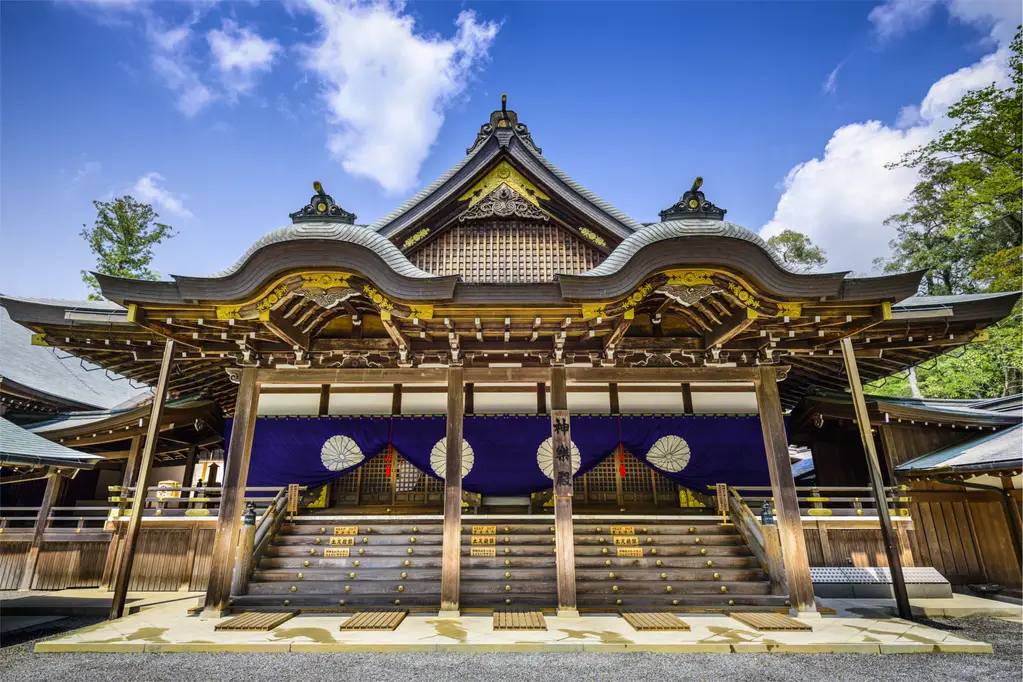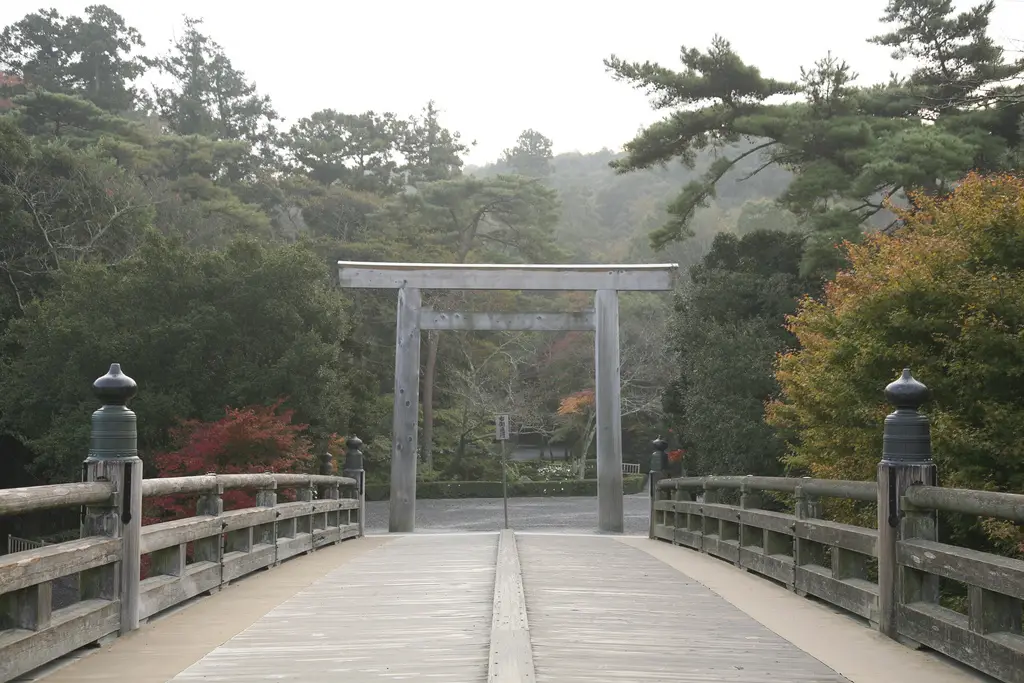In a tradition that dates back to the year 690, the Ise Jingu shrine in Japan is completely dismantled and rebuilt every 20 years as part of the Shinto belief of death and renewal of nature.
The Ise Jingu shrine is the most famous and most sacred of the Shinto religion in Japan. There are around 120 shrines that make up the Ise Jingu complex, and the main ones are the Naiku, or inner shrine, and the Geku, the outer shrine. The sun goddess Amaterasu O-mikami is said to be enshrined in the inner shrine, the Naiku, which is why the shrine was built. The imperial family is even said to be descended from Amaterasu O-makami.
Ise Jingu was built in the 5th century but never stays in place for more than 20 years. Before the shrine is dismantled, it is rebuilt in an adjacent area near the previous shrine. The process represents rebirth and renewal, and the spirits of the imperial family’s ancestors and Amaterasu O-makami are moved in a special ceremony to the newly rebuilt inner shrine. It’s believed this renews the power of the spirits. After they are moved, the old shrine is deconstructed and demolished.
The process of rebuilding has been completed 62 times with the latest in 2013 and the one before that in 1993. There is a forest around the shrine area that is considered sacred that covers 13,600 acres that is used for some materials to construct the new shrine. About 222 acres of this forest haven’t been touched since the shrine was first established. Any trees used for the shrine are cut down in a special ceremony and floated down a sacred river to the construction site.
In order for trees to be of a suitable size to be used for the shrine, they have to grow for hundreds of years, so the wood to build the shrine had to be imported after 1391. Around 12,000 cypress logs that are about 200 years old are used in the construction, and the builders of the shrine use techniques passed down from generation to generation to build the shrine and its surrounding structures.
At the entrance to the Ise Jingu is the tori, or gate, which is also represented at all Shinto shrines. The tori at Ise Jingu was made from four, 400-year-old cypress logs. Many of the smaller shrines of the complex are built as they would have been in the 2nd century, and this knowledge has been passed down for over a thousand years. The new construction of the shrine doesn’t happen quickly and takes between eight and ten years to complete. There is almost constant building taking place during those times.
When the Japanese come to the site to pray, they aren’t allowed to enter and can only pray at the entrance. This is at the Geku or outer area of the shrine. In order to enter the shrine, you have to purify in the water house, or temizusha. This requires washing your hands and then rinsing your mouth in a pattern. In order to pray, a coin is put into an offering box. The person then claps twice, bows twice, and then is ready to pray. Visitors to the shrine can even buy a charm to bring luck for the period of one year. The Omamori charm, as it’s called, is then returned to the shrine to be disposed of properly.
The rebuilding of the shrine attracts approximately 14 million visitors, and the next time the Ise Jingu shrine will be rebuilt will be in 2033.
Sources: CNN, Independent UK, Japan National Tourism Organization




